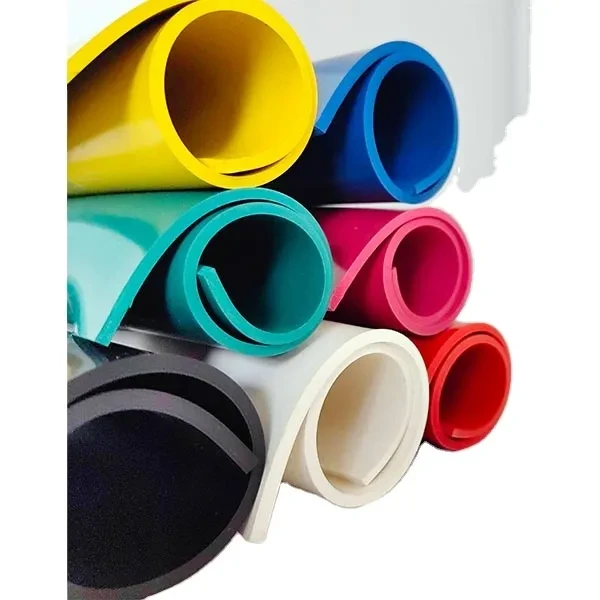Effective Drainage Solutions for Basement Floor Protection and Moisture Control
Understanding Drainage Mats for Basement Floors
When it comes to managing moisture in basements, one critical element is the flooring. Basements are often prone to water accumulation and seepage due to their location below ground level. This is where drainage mats come into play. A drainage mat is designed to provide effective water management by allowing moisture to flow away from the floor and preventing water damage. In this article, we will delve into the purpose, benefits, and installation of drainage mats for basement floors.
What Is a Drainage Mat?
A drainage mat is a specialized flooring product typically made of plastic or rubber, featuring a dimpled surface that allows water to drain away efficiently. These mats work by creating a space between the basement concrete floor and the overlying finish materials, such as carpet or tile. This air gap prevents moisture from becoming trapped, thereby reducing the risk of mold growth and structural damage.
Benefits of Using Drainage Mats
1. Moisture Control The primary function of drainage mats is to manage moisture levels in the basement. By channeling water away from the flooring, they minimize the chances of a damp environment, which can lead to mold and mildew.
2. Protection of Flooring Materials By using drainage mats, homeowners can protect their finish flooring materials from water damage. These mats prevent direct contact with the concrete slab, which can often retain moisture.
3. Ease of Installation Most drainage mats are designed for easy DIY installation. Homeowners can typically lay them down without the need for professional intervention. This accessibility makes them an attractive option for those looking to tackle basement improvements themselves.
4. Versatility Drainage mats can be used beneath various types of flooring, including carpet, laminate, and vinyl. This flexibility allows homeowners to choose their desired look while still ensuring protection against moisture.
5. Enhanced Airflow The air gap created by the mat allows for increased airflow within the basement. Improved ventilation can help to keep the space drier while also enhancing overall comfort.
drainage mat for basement floor

Installation Process
Installing a drainage mat in your basement is a straightforward process. Here’s a step-by-step guide on how to do it
1. Preparation Begin by cleaning the basement floor thoroughly. Remove any debris, dust, or previous flooring materials. Check for existing moisture issues and take necessary measures, such as repairing leaks or applying a moisture barrier.
2. Choose the Right Mat Select a drainage mat that fits your basement's dimensions and your flooring choices. Ensure that it has adequate height for effective drainage.
3. Laying the Mat Begin at one end of the basement and roll out the mat, ensuring it lies flat against the concrete. Allow the dimpled side to face downward. Overlap the edges as recommended by the manufacturer to create a continuous drainage surface.
4. Trimming and Securing Use a utility knife to trim the mat to fit around obstacles like pipes and columns. Some mats may require adhesive for better stability, so follow the specific product instructions.
5. Installing Finish Flooring Once the mats are in place, you can proceed to install your desired finish flooring. Make sure to follow the installation guidelines provided by the flooring product to maintain its integrity.
Conclusion
In conclusion, a drainage mat is an essential component in the fight against moisture in basement environments. With its ability to control humidity, protect flooring materials, and enhance air circulation, it provides a cost-effective solution for homeowners seeking to create a comfortable and safe living space in their basements. By understanding the benefits and installation of drainage mats, homeowners can take proactive steps towards maintaining the integrity of their homes and ensuring a healthier indoor environment. If you're considering improvements to your basement, investing in drainage mats could be a wise move.
-
Under Door Draught Stopper: Essential ProtectionNewsJul.31,2025
-
Garage Door Seal and Weatherstrips for ProtectionNewsJul.31,2025
-
Edge Banding Tape for Perfect EdgesNewsJul.31,2025
-
Table Corner Guards and Wall Corner ProtectorsNewsJul.31,2025
-
Stair Nose Edging Trim and Tile Stair SolutionsNewsJul.31,2025
-
Truck Bed Rubber Mats for Pickup BedsNewsJul.31,2025
-
Window Weather Stripping for Noise ReductionNewsJul.29,2025